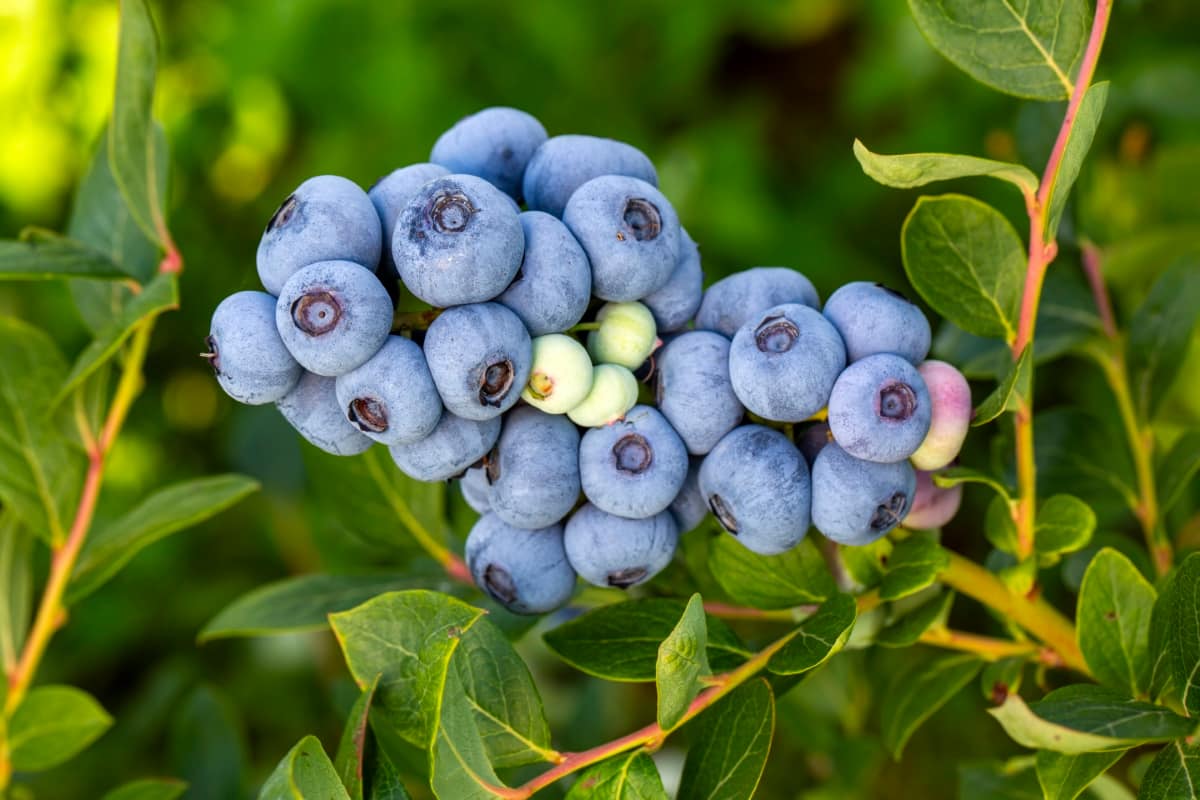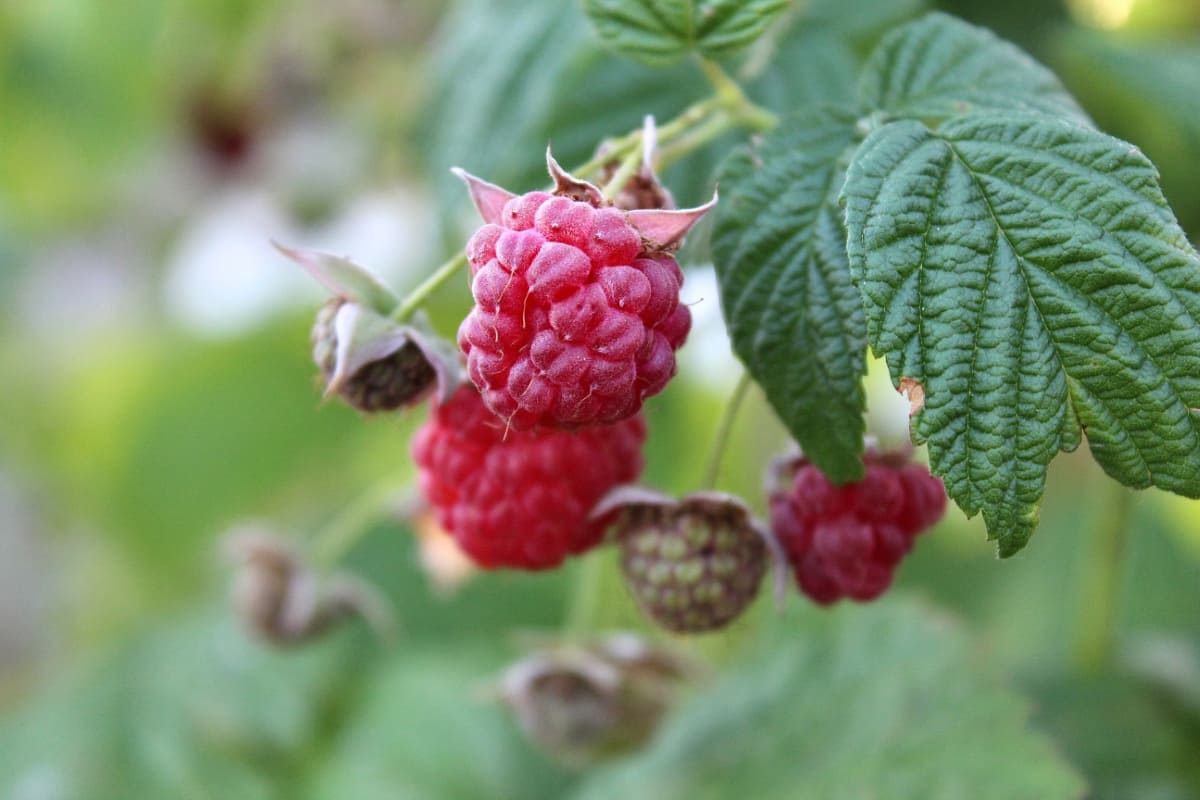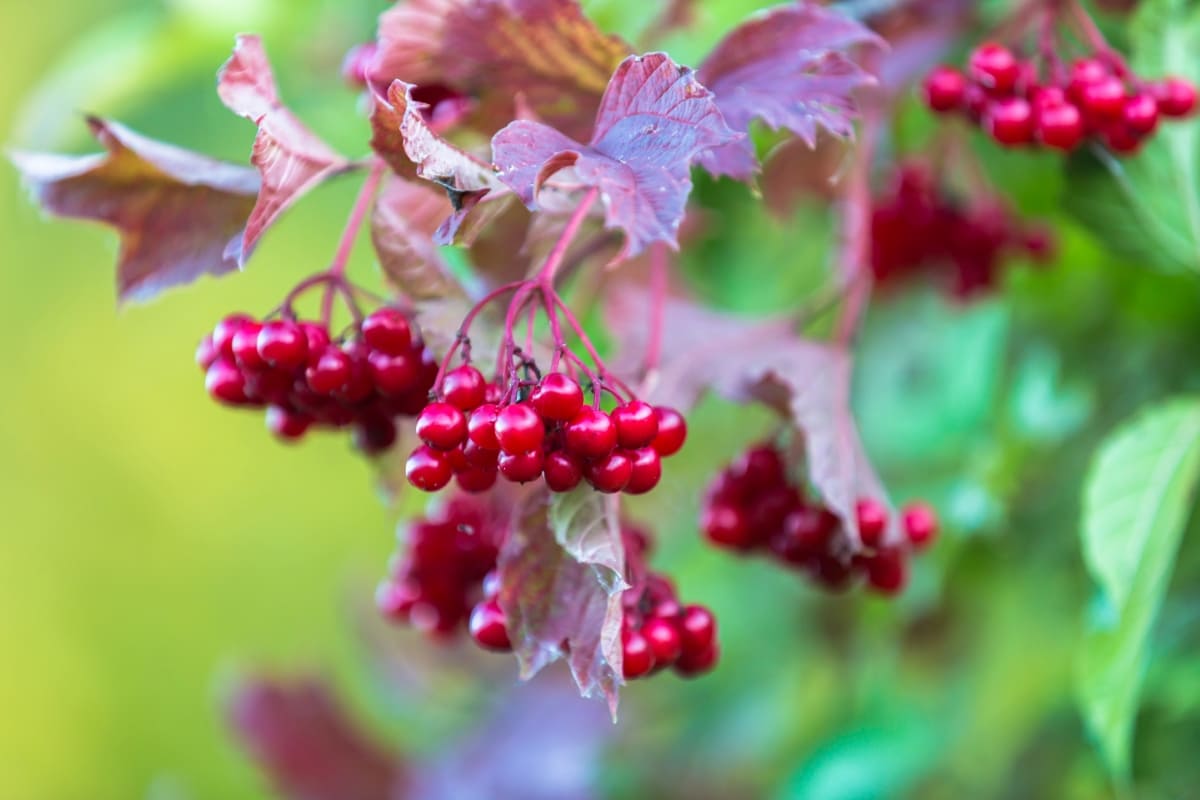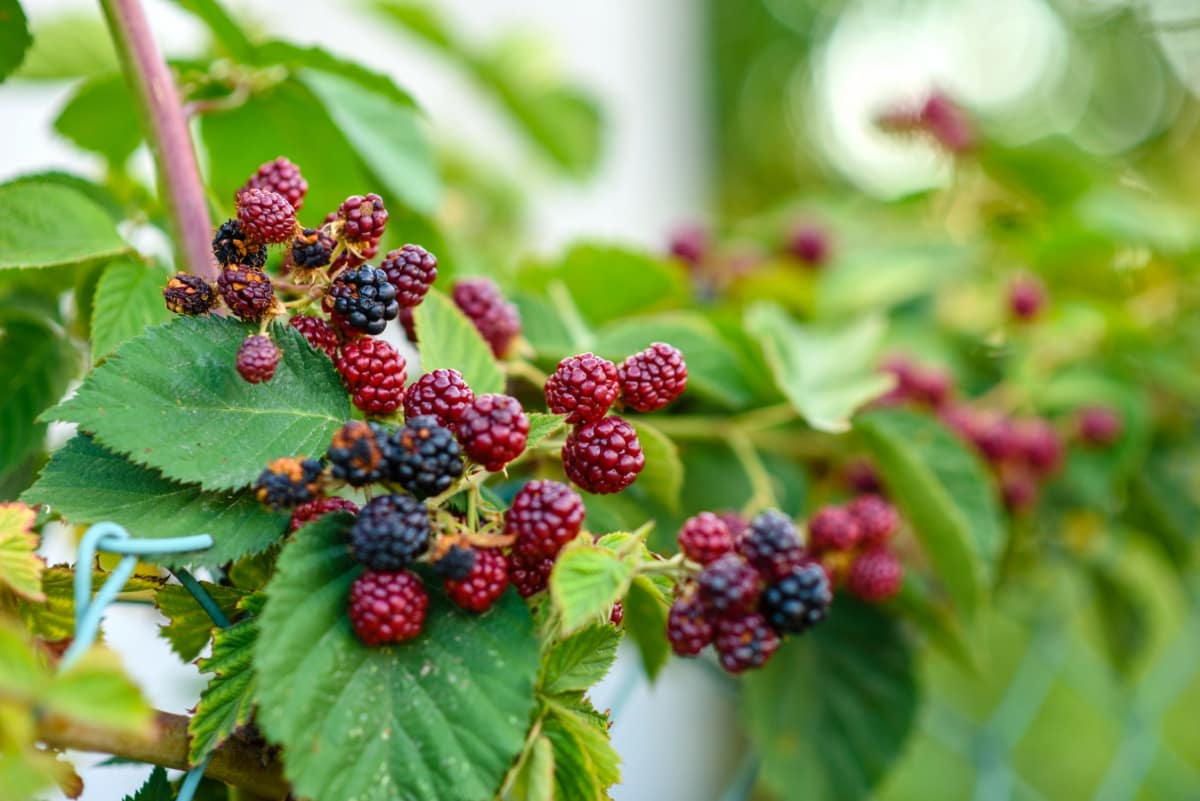Berries are susceptible to various fungal diseases that can significantly impact plant health and fruit yield. Effective management strategies are crucial to ensure a healthy crop and sustainable berry production. Employing natural and organic treatments is environmentally friendly and helps maintain the fruit’s integrity for consumers seeking chemical-free options. Here is the management of fungal diseases in berry plants, focusing on control and prevention using natural and organic methods.

Management of Fungal Diseases in Berry Trees
Understanding the Basics of Fungal Diseases in Berry Plants
Fungal diseases in berry plants pose significant threats to crop health and yield. Common pathogens include powdery mildew, Botrytis cinerea (gray mold), and anthracnose. Powdery mildew is characterized by white powdery spots on leaves, inhibiting photosynthesis and weakening the plant. Gray mold, caused by Botrytis cinerea, thrives in humid conditions, leading to the decay of berries and other plant parts.
Anthracnose, caused by various fungi, results in dark lesions on berries, reducing market value. Effective disease management strategies involve cultural practices, such as proper spacing, ventilation, and timely pruning to reduce humidity and promote air circulation. Fungicides may be necessary, but their judicious use prevents resistance. Additionally, selecting resistant plant varieties and practicing crop rotation can mitigate disease pressure.
Identifying Common Fungal Pathogens in Berry Crops
- Powdery Mildew (Podosphaera spp.): Identified by white, powdery spots on leaves, this pathogen affects various berry plants, hindering photosynthesis.
- Botrytis cinerea (Gray Mold): Flourishing in humid conditions causes the decay of berries and other plant parts, resulting in economic losses.
- Anthracnose (Colletotrichum spp.): Causing dark lesions on berries, anthracnose affects multiple berry varieties, diminishing market quality.
- Rust Diseases (e.g., Gymnosporangium spp.): Characterized by rust-colored spores on leaves, stems, and berries, these pathogens weaken plants over time.
- Phytophthora spp.: Leading to root rot and fruit decay, Phytophthora species thrive in waterlogged soils, posing a threat to various berry crops.
Implementing Cultural Practices to Prevent Fungal Infections in Berry Plants
- Proper spacing and pruning enhance air circulation, reducing humidity that favors pathogen growth.
- Regularly removing and disposing of infected plant debris minimizes disease reservoirs.
- Mulching with clean materials helps prevent soil-borne pathogens from splashing onto plants.
- Crop rotation disrupts pathogen life cycles, limiting their build-up in the soil.
- Furthermore, irrigating at the base of plants, avoiding overhead irrigation, minimizes moisture on foliage.
- Educating farmers on these practices empowers them to create an environment less conducive to fungal pathogens, promoting berry crops’ overall health and productivity.
Selecting Resistant Varieties for Effective Disease Management in Berries
Selecting resistant varieties is a key strategy for effective disease management in berries. Resistant plants possess genetic traits that deter specific pathogens, reducing infection susceptibility. Farmers can minimize the need for chemical interventions and foster a healthier crop by choosing varieties with natural resistance to common fungal diseases.
In case you missed it: How to Control Berry Bush Pests Naturally: How to Get Rid of Them with Natural and Organic Treatment

This proactive approach enhances yield and contributes to sustainable and environmentally friendly agriculture. Knowledge of the prevalent pathogens in the region is vital for farmers to make informed decisions when selecting resistant varieties, creating a more resilient and disease-resistant berry cultivation system.
Proper Sanitation Measures to Control Fungal Diseases in Berry Farms
Regularly remove and dispose of infected plant material to eliminate disease reservoirs. Clean and sterilize equipment, including pruning tools, to prevent the spread of pathogens. Practice strict field hygiene, avoiding unnecessary traffic in wet conditions to reduce soil-borne contamination.
Implementing these measures helps break the disease cycle and prevents fungal spores from persisting in the environment. Proactive sanitation curtails current infections and establishes a foundation for long-term disease control, safeguarding the health and productivity of berry crops.
Utilizing Biological Controls for Sustainable Management of Fungal Pathogens
Introduce beneficial microorganisms like Trichoderma or mycorrhizal fungi to the soil, enhancing plant resistance. Encourage natural predators like predatory mites or parasitic wasps to control pest populations that may vector fungal diseases. Biopesticides derived from microorganisms or plant extracts offer targeted control without harming beneficial organisms.
This eco-friendly strategy promotes a balanced and resilient ecosystem, reducing reliance on synthetic chemicals. Integrating biological controls in berry farming contributes to sustainable agriculture, fostering long-term environmental health and crop productivity.
Implementing Integrated Pest Management Strategies for Berry Crop Protection
Monitor fields regularly to detect pests early. Employ cultural practices like proper sanitation and crop rotation to disrupt pest life cycles. Introduce natural predators and beneficial insects for biological control. Utilize pheromones or traps to monitor and control pest populations. If necessary, apply targeted pesticides, emphasizing environmentally friendly options.
In case you missed it: Management of Fungal Diseases in Lawns: How to Control and Prevent with Natural and Organic Treatment

Educate farmers on IPM principles to encourage sustainable practices. By combining various strategies, IPM minimizes chemical reliance, promotes ecosystem balance, and ensures berry crops’ long-term health and productivity.
Monitoring and Early Detection of Fungal Diseases in Berry Plants
Regularly inspect plants for signs of infection, such as discoloration, lesions, or abnormal growth. Implement a proactive monitoring system to identify symptoms at the earliest stage. Utilize tools like hand lenses for closer examination. Swiftly remove and dispose of infected plant parts to prevent further spread. Early detection enables timely intervention, improving the effectiveness of control measures. This vigilant approach reduces the impact of fungal diseases, preserving berry crops’ overall health and productivity.
Applying Fungicides as a Tool for Managing Fungal Infections in Berries
Choose fungicides based on the specific pathogens present and employ them judiciously to prevent resistance. Follow recommended application schedules, focusing on critical growth stages. Consider integrated approaches, combining fungicides with cultural practices and resistant varieties for comprehensive disease management.
Prioritize environmentally friendly and targeted fungicides to minimize ecological impact. Regularly assess the efficacy and adjust strategies as needed. While fungicides can be effective, their prudent use within a broader management plan ensures sustainable control and preserves the health of berry crops.
Long-Term Strategies for Sustainable Management of Fungal Diseases in Berry Crops
Emphasize crop rotation to break disease cycles and maintain soil health. Select and cultivate disease-resistant varieties. Implement integrated pest management practices, combining biological controls and cultural measures. Prioritize soil health through organic amendments, fostering a resilient plant immune system.
In case you missed it: How to Prevent Fungal Diseases on Garden Plants with Neem Oil: Natural and Organic Solution

Invest in ongoing education for farmers on sustainable practices. Regularly assess and adapt strategies to evolving disease pressures. By fostering a holistic and ecologically sound approach, these long-term strategies ensure berry crops’ sustained health and productivity while minimizing environmental impact.
Conclusion
In conclusion, managing fungal diseases in berry plants requires a holistic approach that integrates natural and organic treatments. By emphasizing cultural practices, selecting resistant varieties, employing biological controls, and using eco-friendly fungicides, farmers can establish sustainable disease management strategies. This proactive and environmentally conscious approach not only safeguards crop health but also promotes a resilient and thriving ecosystem, ensuring the long-term success of berry cultivation.
- Beneficial Insects in Pest Management
- Natural Solutions for Pest Control in Flower Gardens
- Types of Fungicides Used in Agriculture
- Common Issues in the Fruit Development Stage of Pomegranate Farming
- Fruit Development Issues in Papaya: Easy Solutions and Treatment
- Soil-Borne Diseases and How to Protect Your Plants
- Practices to Prevent Disease Spread in the Garden
- From Wilted to Thriving: How to Treat Root Rot Naturally in Houseplants
- Natural Remedies to Cure Brown Spots on Fig Tree Leaves